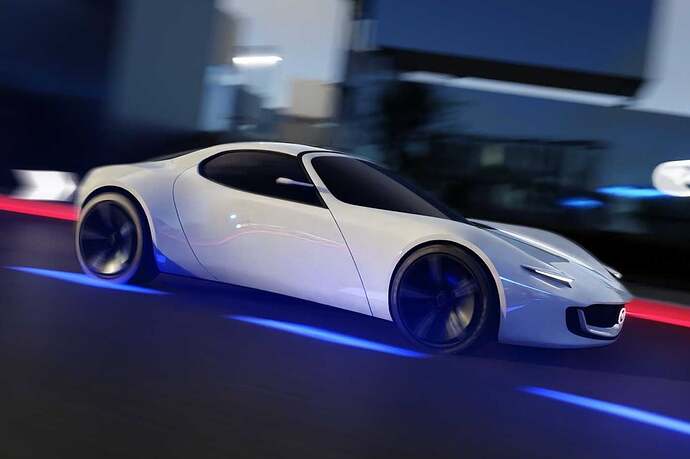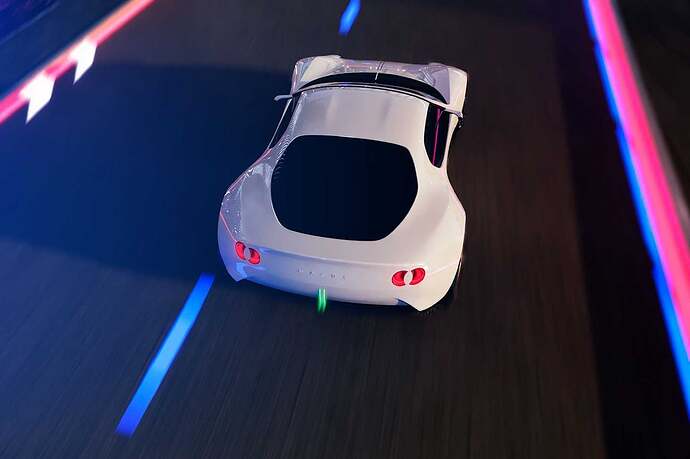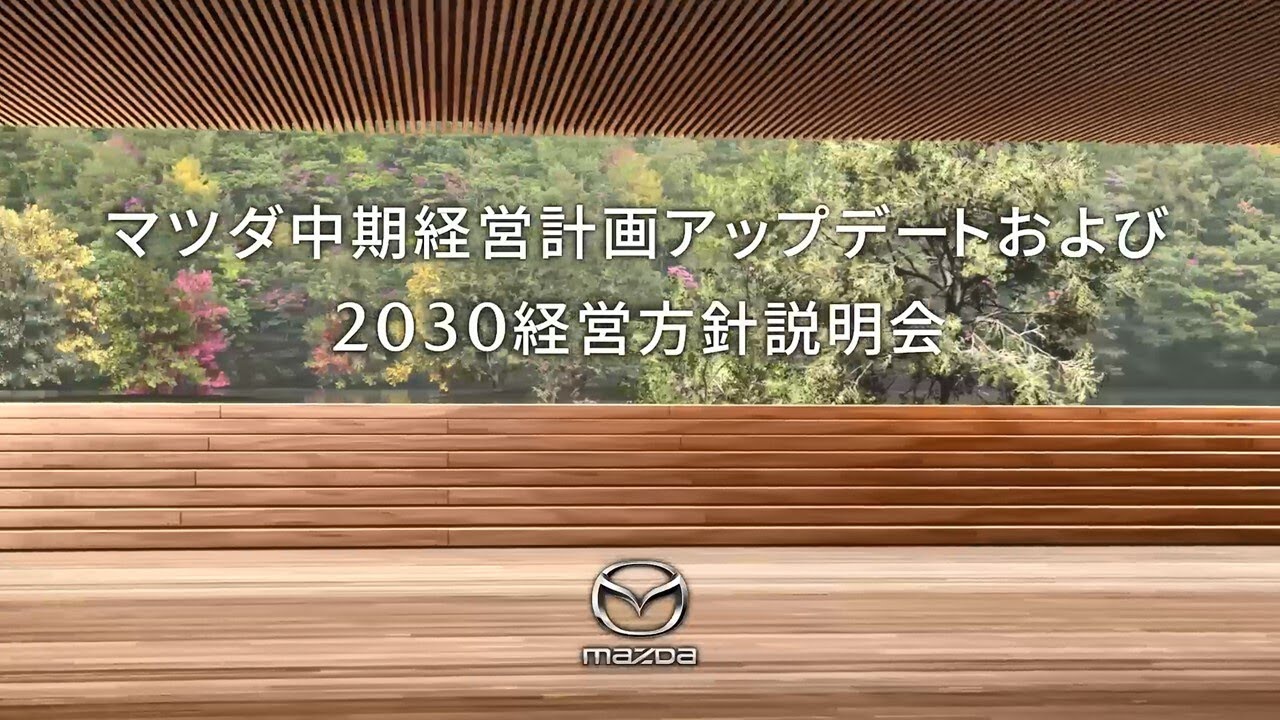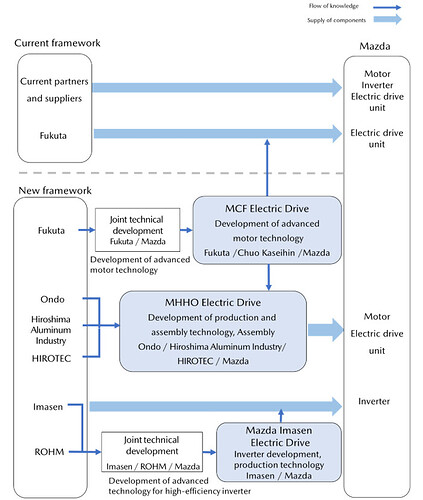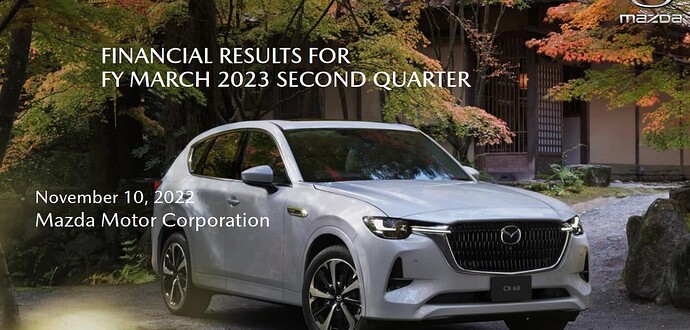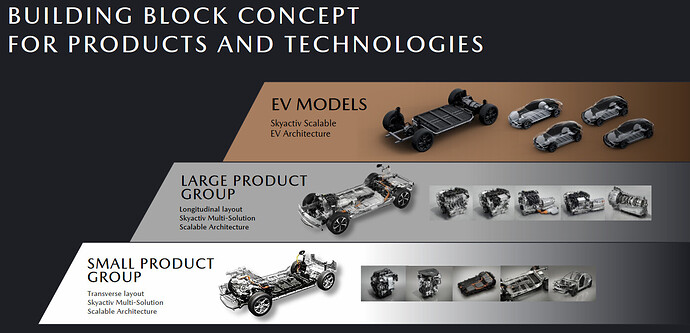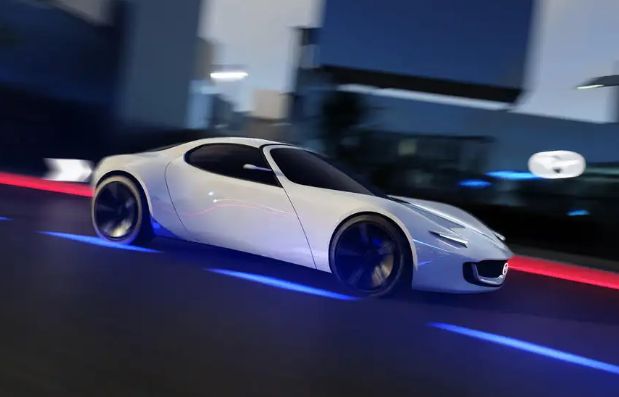Very true, 90% of the UAE are not from the UAE. But 80% of them work on building sites, or in janitorial work on barely subsistance wages, with most money being sent home. Of the other Expats, they are mostly there on 3-4 year contracts. The Middle East is not their home, and most plan to retire somewhere cheap. Of course, I met a few old hands who had been there since the 50s and would dribble on about how dry heat is not so bad. Certainly, in healthcare, a job in the ME is essentially professional suicide.
But I lived in the ME, and expats really didn’t care what they got to drive. Japanese yes, because the local agents were hopeless in maintaining anything from Europe. I see a lot of Chinese cars are now sold or promoted there. The biggest market is Iran, and substantially, their domestic sales are around versions of 20 year old PSAs and Kias. Cheapness and nationalism are the main drivers of sales there (why else did anyone buy a Pekyan Hillman?)
The world is changing, largely due to globalisation. Mazda, in their brief think, globalisation is over, so parts of the world will face a reversal in falling costs.
From their last annual report:
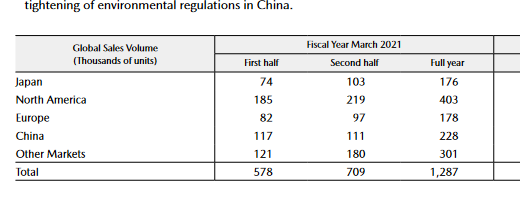
“Other” is essentially ASEAN countries and Australia. Sales in South America and Africa are very small. Vietnam, Indonesia are growing markets (more developed markets like Thailand are now buying less Mazdas). But you saw the news of the earthquake in Indonesia the other day. Its a growing market, but as a country, it still has relatively poor infrastructure. Even a country like Thailand still sells petrol in old whiskey bottles. So there is an incongruity in that, in proposing a very complicated engine (Skyactiv-X) is going to become the go to Mazda unit in those countries, where currently, engines that are barely Euro I do the trick as far as consumers (they want reliability, and cheap repairs by the backstreet garage). Their fuel is often cheap as governments step in to subsidise it, as the populatons are still substantially rural/agarian. Where is the incentive to jump 4 generations in engine, where maintenance requirements will be much more (garages will need to invest in the diagnostic equipment that currently isn’t really needed).
By 2030, the technology gap in the world will be sharply divided between developing and developed (not liking your insinuation about “West”, I was including Japan and Korea in my considerations). I’m not sure ICE cars in the 2030 developing world will essentially be 2025 latest tech. More like 2000-2010 tech. There are many countries that are still not bothered about catalytic converters or airbags; so much for consumer concerns about safety there.
More likely they will be in the process of changing from early 21st century tech, to EV, skipping steps, which has happened elsewhere (viz China, which went from steam trains and dirty diesels to Maglev, skipping the West European standards of modern trains). Most of them are command economies, or crony economies, making infrastructure decisions much more easy (no planning appeals).
